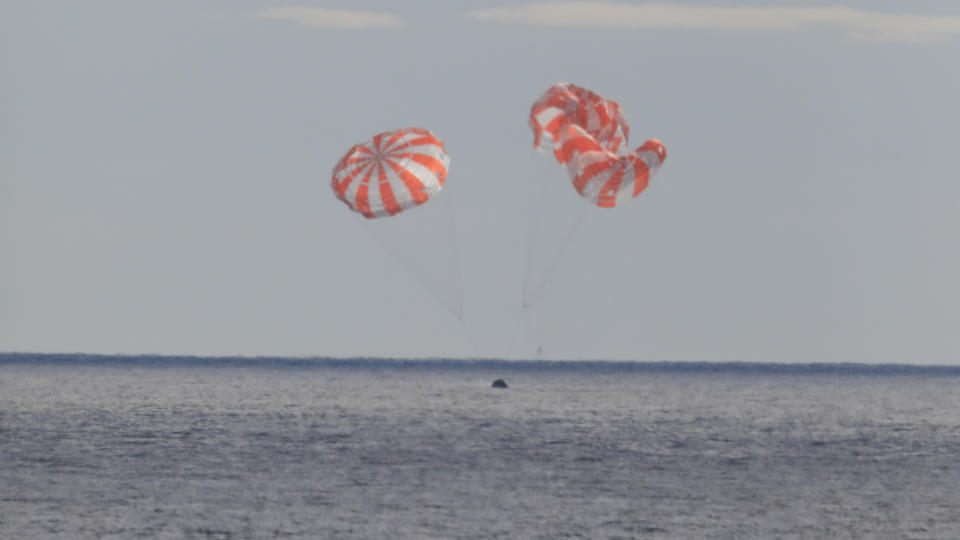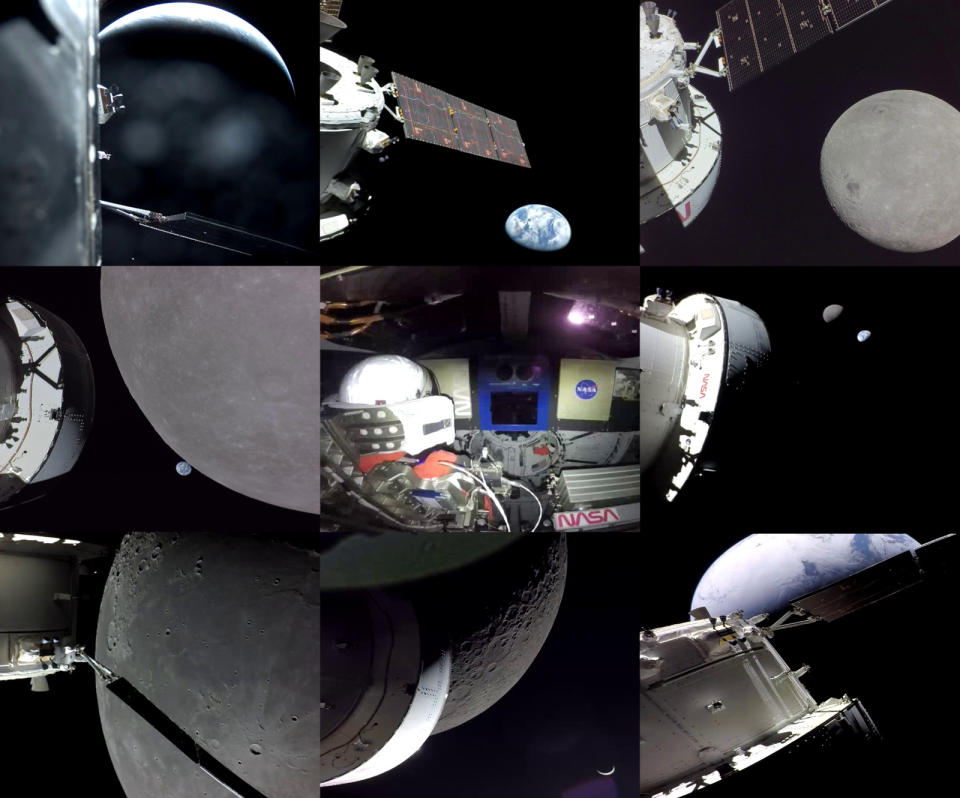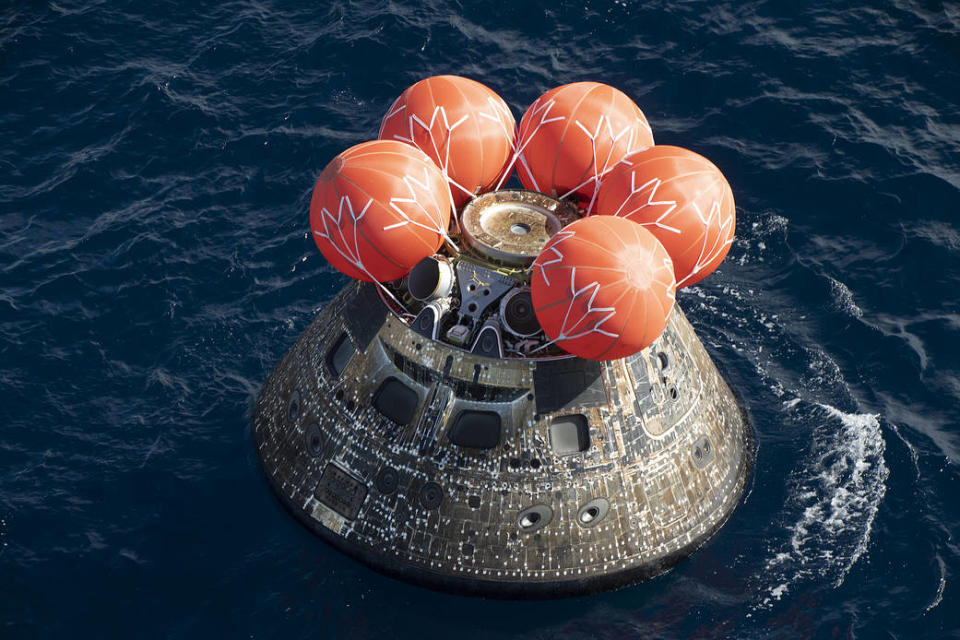NASA Orion splashes down after amazing trip to the Moon and back

After 25 days in deep space, the Artemis 1 mission to the Moon has returned home a success!
At roughly 12:40 p.m. EST, on Sunday, December 11, NASA's Orion spacecraft slashed down off the coast of Baja California, marking the successful end to the Artemis 1 mission.
"The splashdown of the Orion spacecraft – which occurred 50 years to the day of the Apollo 17 Moon landing – is the crowning achievement of Artemis I," NASA Administrator Bill Nelson said in a press release on Sunday.

This image of Orion's splashdown was captured from the USS Portland, a San Antonio-class amphibious transport dock ship that was stationed at the splashdown site to retrieve the capsule. Credit: NASA
"From the launch of the world's most powerful rocket to the exceptional journey around the Moon and back to Earth, this flight test is a major step forward in the Artemis Generation of lunar exploration," Nelson stated. "It wouldn't be possible without the incredible NASA team. For years, thousands of individuals have poured themselves into this mission, which is inspiring the world to work together to reach untouched cosmic shores. Today is a huge win for NASA, the United States, our international partners, and all of humanity."
Despite numerous launch delays due to weather and technical problems with the Space Launch System rocket, once the Artemis 1 mission actually got off the ground, it appeared to go flawlessly.
Unlike previous missions which have only featured periodic updates, NASA took the entire world along on this 25-day trip around the Moon and back, via a continuous live-feed streamed by the Orion spacecraft.
Along the way, we were treated to:
a dazzling look at our homeworld as Orion departed for deep space,
increasingly detailed looks at the cratered lunar surface as the first close flyby approached,
Earthset from the far side of the Moon during the first lunar flyby,
views of the Orion command module, featuring Commander Moonikin Campos and Snoopy the zero-g indicator,
a look back at the Moon and Earth from the farthest distance reached by a human-rated spacecraft,
a close-up of the near-side of the Moon on its second flyby,
a crescent Earthrise as it headed back towards home, and
our beautiful planet as the spacecraft neared the end of the mission.

This collage features views from Orion's live feed during the mission. Top row (l-r): Earth on departure, Earth and one of the spacecraft's solar panels, the first closeup of the Moon featuring Hertzsprung crater. Middle row (l-r): Earthset, the interior of the Orion capsule, the Moon and Earth from 432,210 km away. Bottom row (l-r): the Moon's cratered surface during the second flyby (featuring what is likely Kepler crater, bottom right), crescent Earthrise, and Earth as the spacecraft approached home. Credit: NASA
According to NASA, Orion passed within 128 km of the Moon's surface during its two flybys. The spacecraft also reached a total distance of 432,210 km away from Earth, over 1,000 times farther than the International Space Station. This sets a new record for distance reached by a human-rated spacecraft, beating the previous record of 400,171 km, set on April 14, 1970, by the Apollo 13 mission.
The purpose of this uncrewed flight was to test the various systems needed to return humanity to the Moon, and to eventually go beyond. With the Orion capsule now returned to land, it will undergo months of testing to determine how well it endured in deep space. The various science experiments on the spacecraft will also be examined, which will reveal the stresses a human crew would have experienced on the flight.

The Orion capsule floats in the waters of the Pacific Ocean, off the coast of Baja California, on Dec. 11, 2022, before being recovered by the USS Portland. Credit: NASA/James M. Blair
"With Orion safely returned to Earth we can begin to see our next mission on the horizon which will fly crew to the Moon for the first time as a part of the next era of exploration," Jim Free, NASA's associate administrator for the Exploration Systems Development Mission Directorate, said on Sunday. "This begins our path to a regular cadence of missions and a sustained human presence at the Moon for scientific discovery and to prepare for human missions to Mars."

